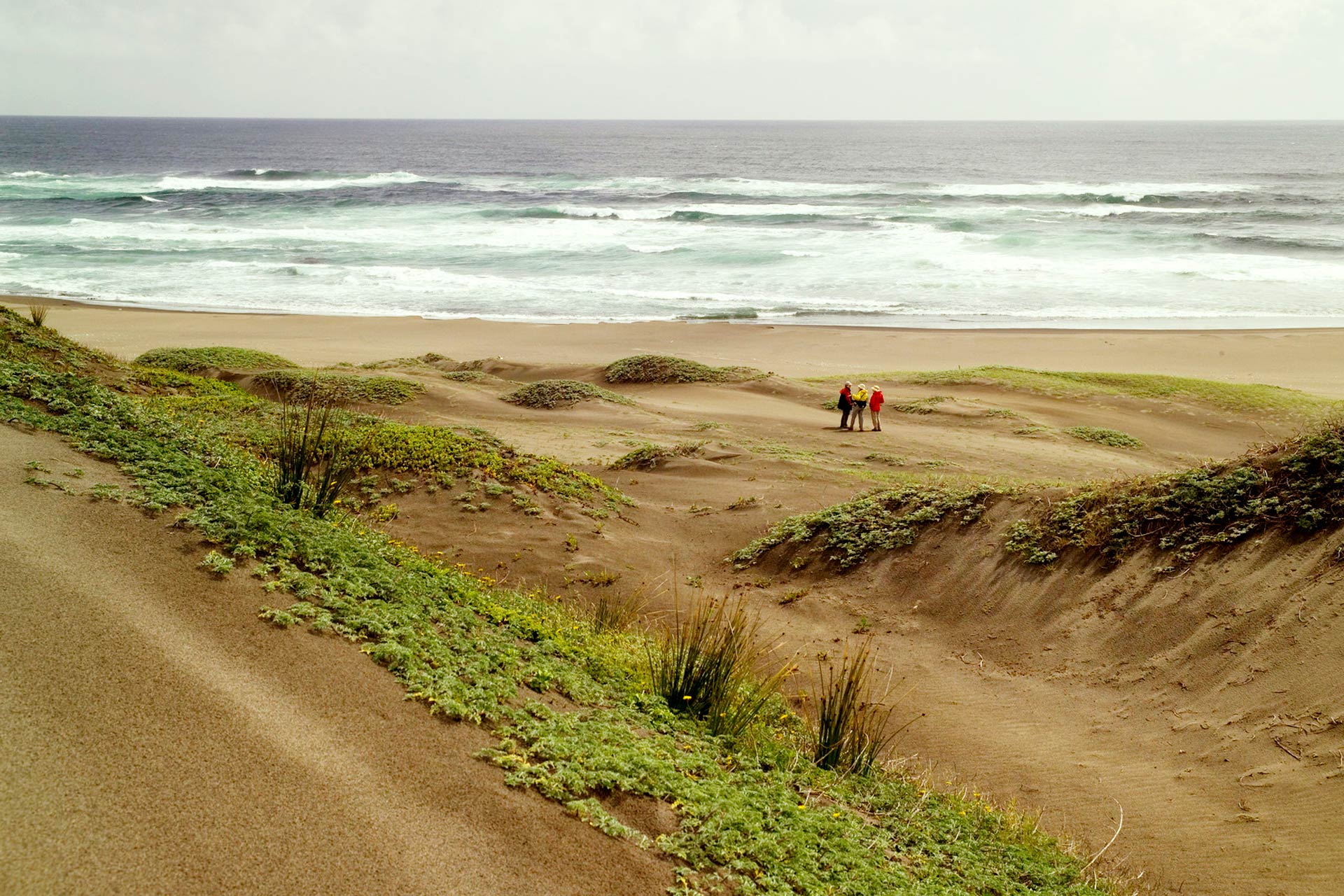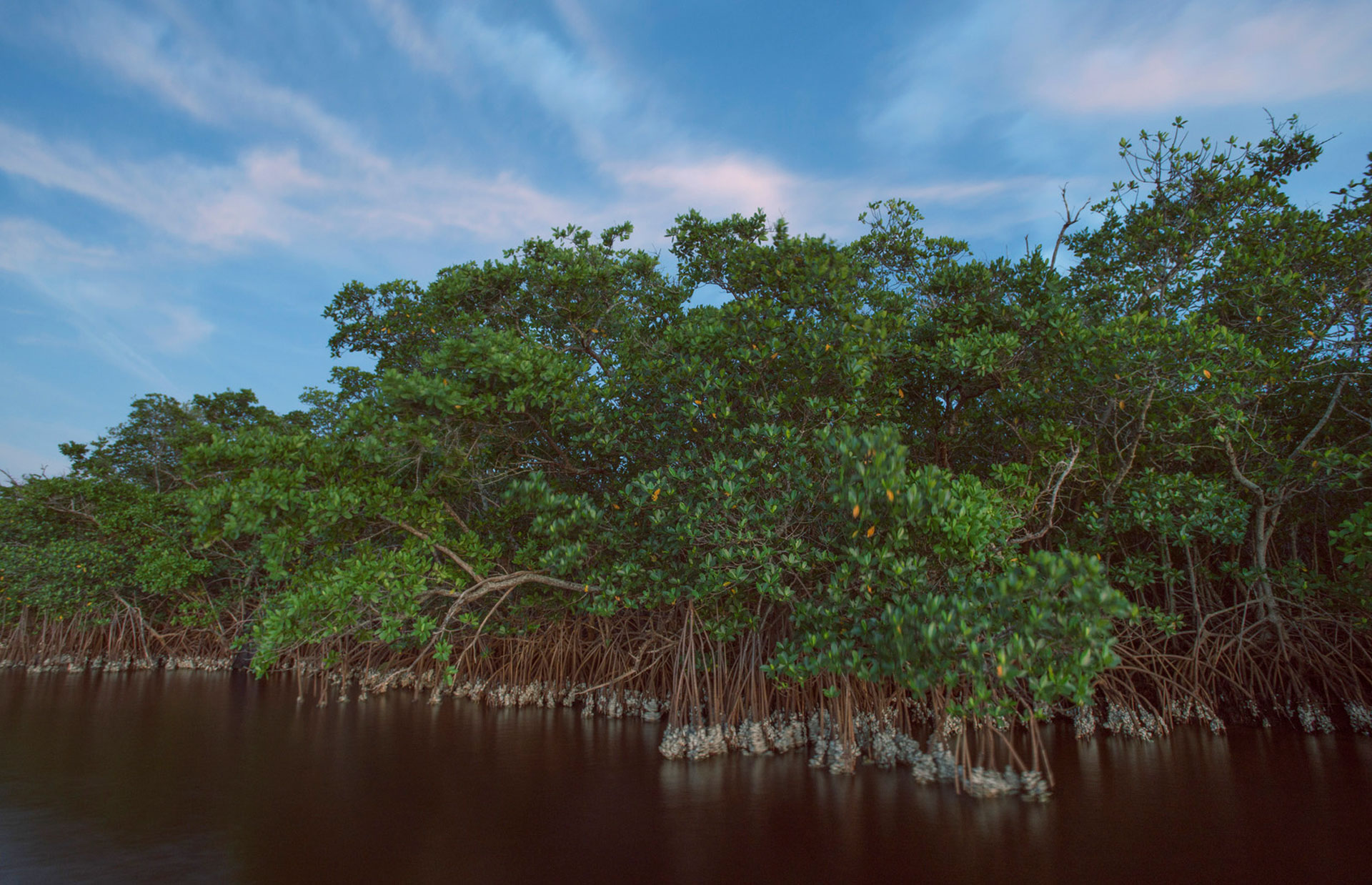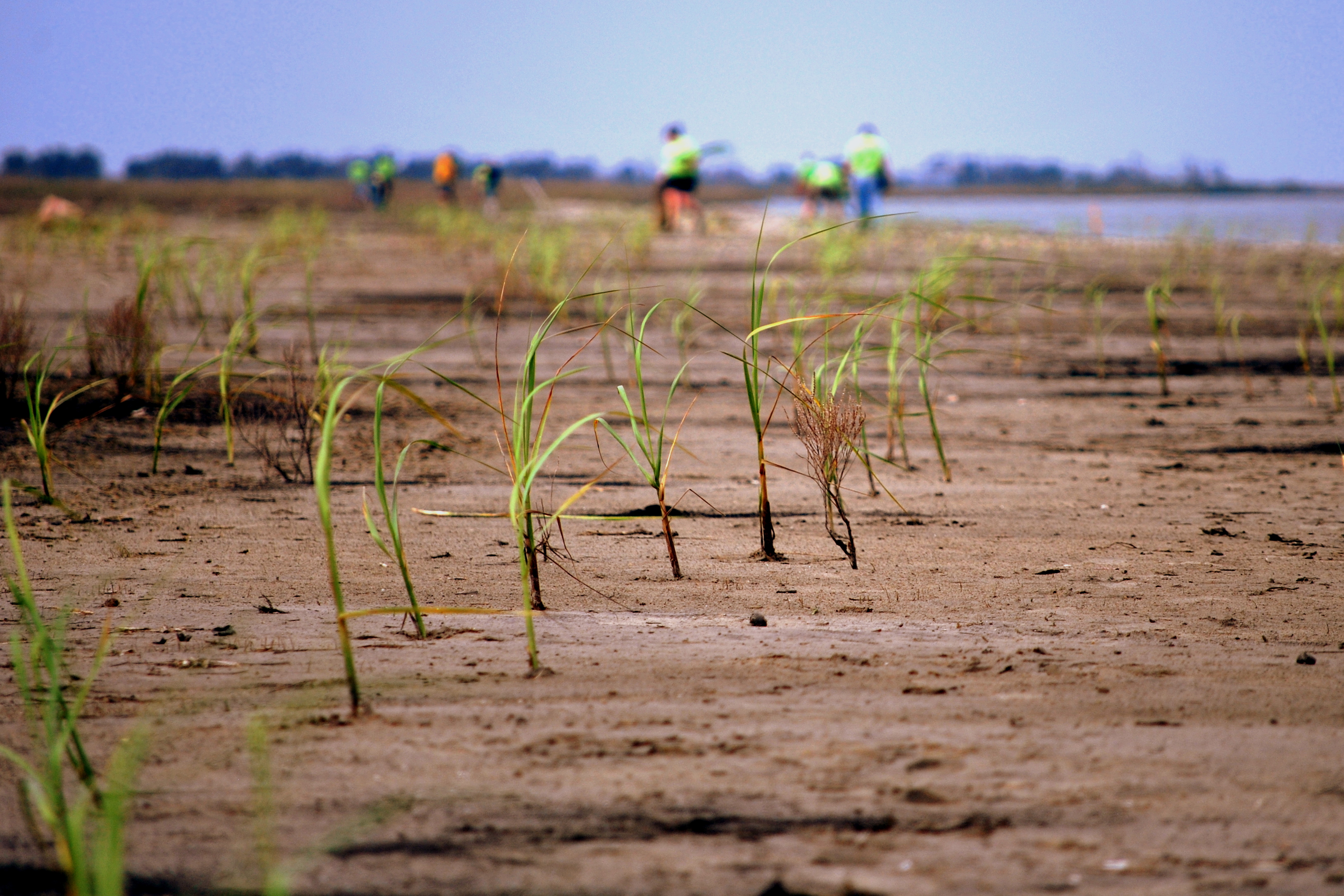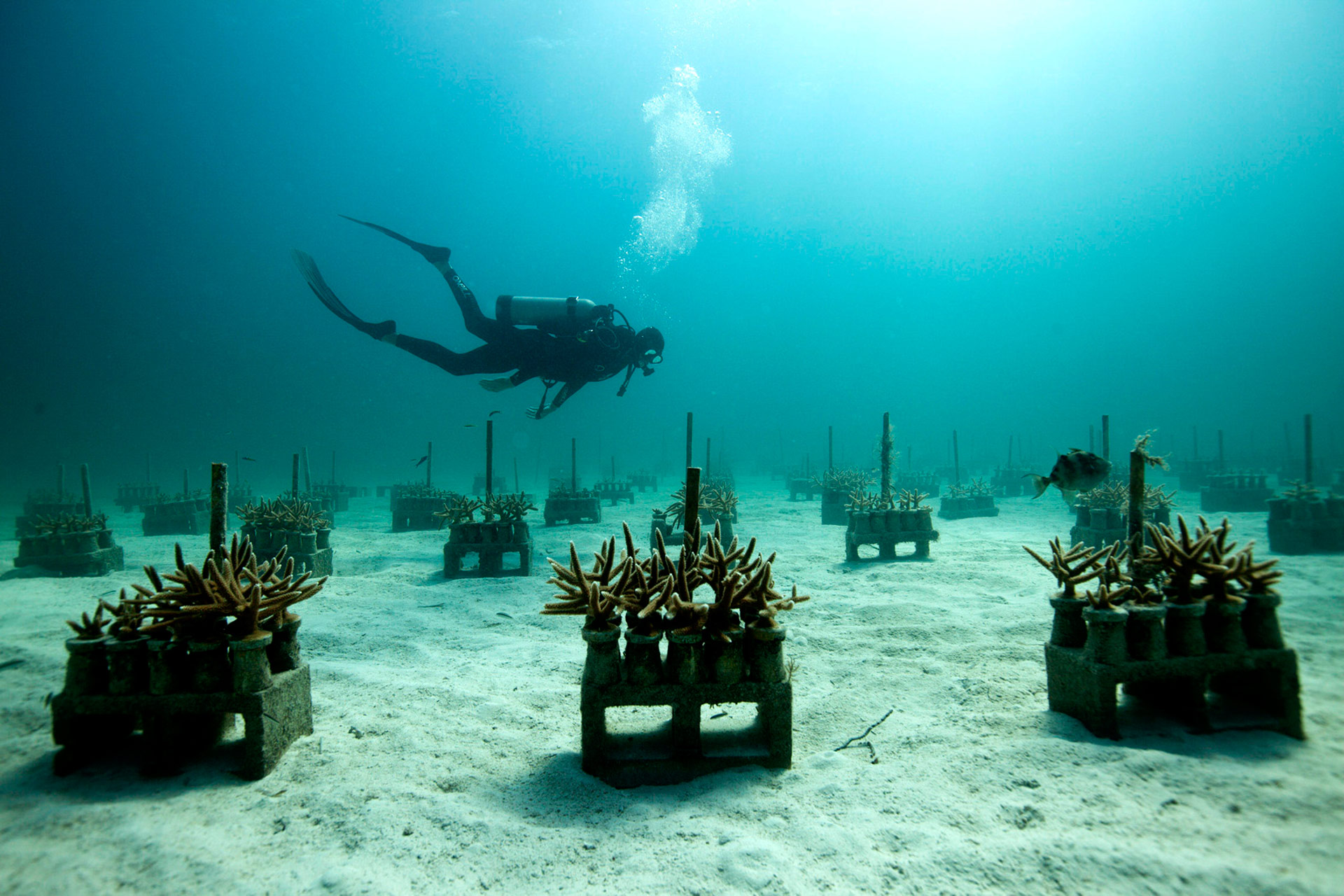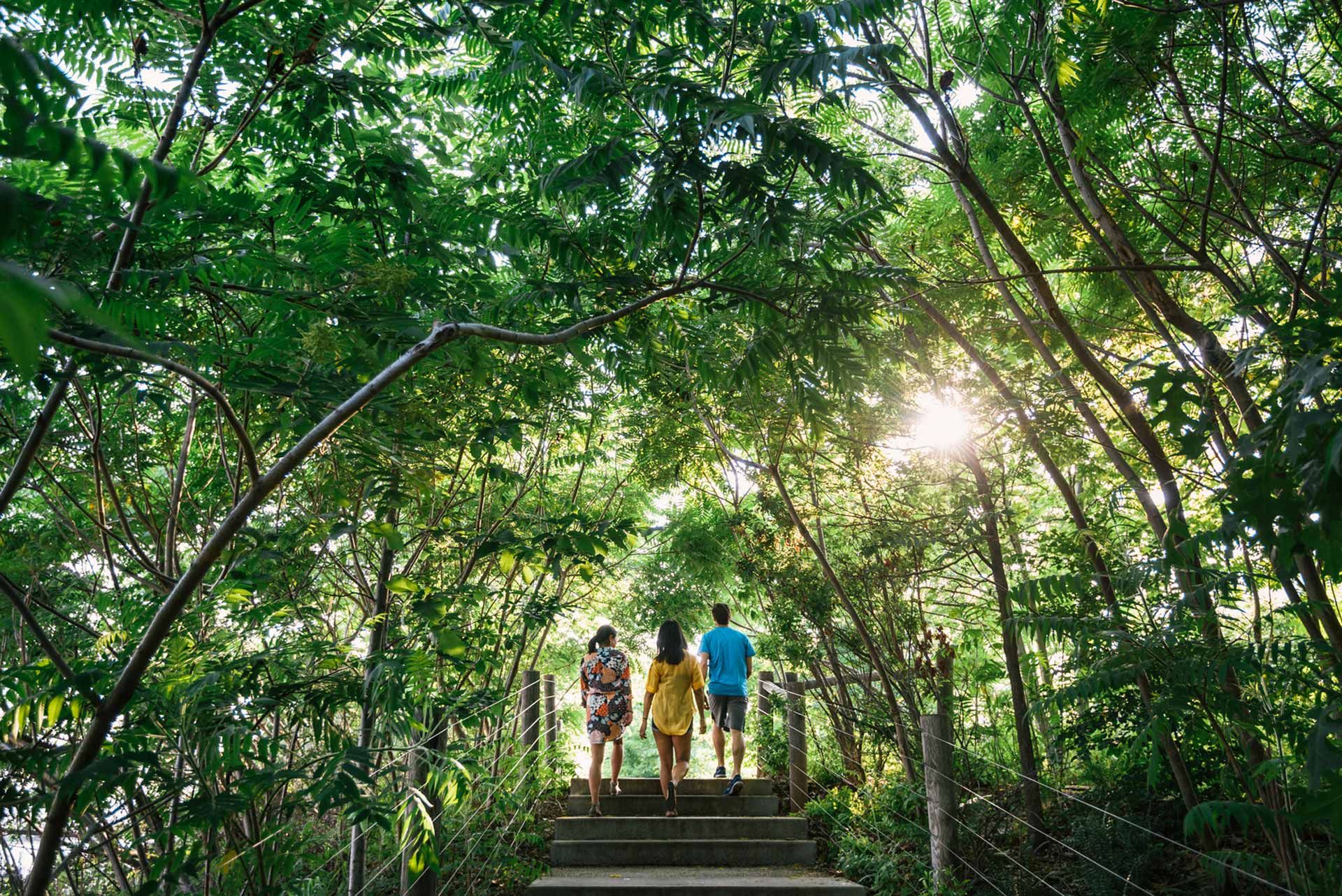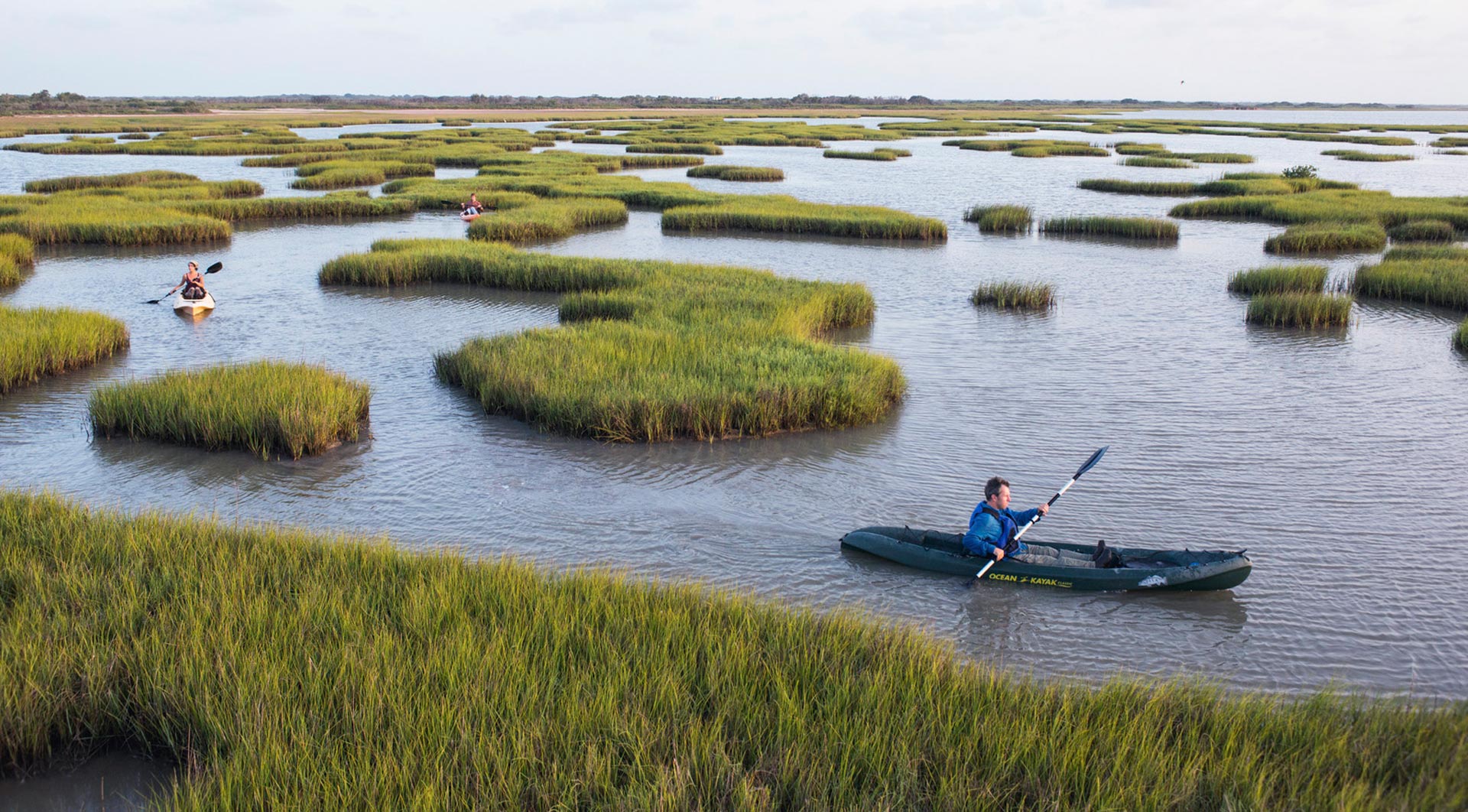Southeast Florida
Challenge
Southeast Florida is comprised of bustling, urban communities nestled among a myriad of rich, coastal ecosystems. More than 5.6 million people call the region home. But, assessments of the world’s metropolitan areas with the most to lose from hurricanes and sea level rise place southeast Florida at the top of the list. In fact, many homes and businesses are already at or near sea level, making them exceedingly vulnerable to flooding, erosion and storm surges. Given these challenges, Southeast Florida’s leaders have begun to appreciate the protection that nature-based solutions can provide to their communities.
Project Details
- Location: Southeast Florida
- Population: 5.6 Million
- Strategies: Beaches and Dunes, Coral Reefs, Coastal Wetlands, Mangroves, Coastal Restoration, Offshore Restoration, Open Space Acquisition
- Benefits: Recreation opportunities, reduced crime, enhanced awareness + education, risk reduction, erosion mitigation, ecosystem restoration

History
The coastal habitats of Southeast Florida have faced degradation from mother nature and man alike. The dunes of Palm Beach suffered severe erosion as a result of Hurricane Sandy, wetlands and mangroves in Broward County have been lost to expansion, Miami Beach’s dunes were taken over by invasive vegetation, and the Keys’ coral reefs are dying.
These issues, coupled with accelerated sea-level rise and predictions of stronger hurricanes, have led to increased demand for action and willingness to participate from both the public and private sectors. As a result, numerous leaders from around the region have begun investing in nature-based solutions to protect coastal communities and restore the area’s natural habitats.

Solution
These five projects spotlight nature-based solutions’ role in the protection and improvement of coastal communities.
- The beautiful beaches of Coral Cove Park on Jupiter Island attract more the 1.5 million visitors per year, which generates an estimated revenue of nearly $160 million. But, in 2012 these beaches suffered devastating erosion as a result of Hurricane Sandy. This erosion put local infrastructure at risk and restricted visitors from accessing and enjoying the park. To restore the beaches, Palm Beach County implemented five dune restoration projects throughout the park. The community was able to replenish 20-acres of beach and fortify the dunes by planting over 150,000 native dune plants. The dunes will replenish the beach in the event of future erosion and act as a protective barrier to the communities behind them.
- At John U. Lloyd Beach State Park, Broward County and the Youth Environmental Alliance aimed to accomplish more than just a dune restoration project. They also hoped to improve community awareness of the importance of dunes, demonstrate the power of teamwork and community engagement, and instill an appreciation for nature-based shoreline resilience strategies. The project utilized local students, community volunteers, Broward County staff, and the park service to plant more than 7,000 sea oats and over 1,000 native dune plants of 14 different species. These plantings will mitigate future beach erosion, diversify plant communities and improve ecological functions.
- Miami Beach’s dunes had been taken over by non-native vegetation, causing destabilization and decreasing the system’s ability to protect the community from strong wind and waves. Additionally, the overgrown dunes had created favorable areas for homeless encampments and illicit activities. By removing invasive vegetation and replanting native vegetation, the city maximized the dunes’ ability to protect inland properties, provided better habitat for wildlife, and even greatly reduced the security and crime concerns that had been plaguing the area.
- A unique mitigation and restoration project at West Lake Park in Broward County garnered widespread attention from environmental groups and regulatory agencies nationwide. The project, which aimed to replace 15 acres of wetland habitat lost during the expansion of the Fort Lauderdale-Hollywood International Airport, removed invasive vegetation and re-established native vegetation, created new mangrove wetlands, and protected newly acquired park land. The restored habitat, which is the largest of its kind in the area, provides new, valuable recreation opportunities to residents and visitors.
- Healthy coral reefs provide essential habitat for commercially and recreationally important fish species and stimulate tourism activities. In Monroe County more than 33,000 jobs, accounting for more than half of the local economy, are supported by ocean recreation and tourism. But, the reefs of the Florida Keys have been declining since the 1970’s. So, Monroe County, NOAA, and The Nature Conservancy are collaborating to protect the remaining healthy coral and restore populations. Tens of thousands of corals are being grown in underwater nurseries and outplanted to the degraded reefs off Monroe County. Nearly 10,000 colonies have been reestablished since 2004 with survival rates averaging above 80%.

Benefits
These five projects represent a range of natural and nature-based projects that mitigate the effects of coastal ecosystem degradation caused by both natural and anthropogenic sources. They’re also wonderful examples of successful partnerships between public leaders, concerned citizens and private sector representatives, and non-profit groups who share common goals of promoting sustainable coastal ecosystems and resilient coastal communities.
Overall, natural infrastructure projects implemented throughout the region have increased recreational opportunities, decreased crime rates, fostered community awareness and engagement and maximized protection of inland and coastal properties.
